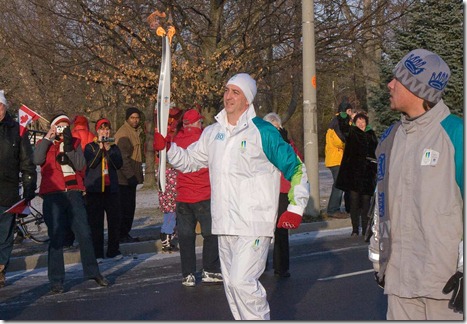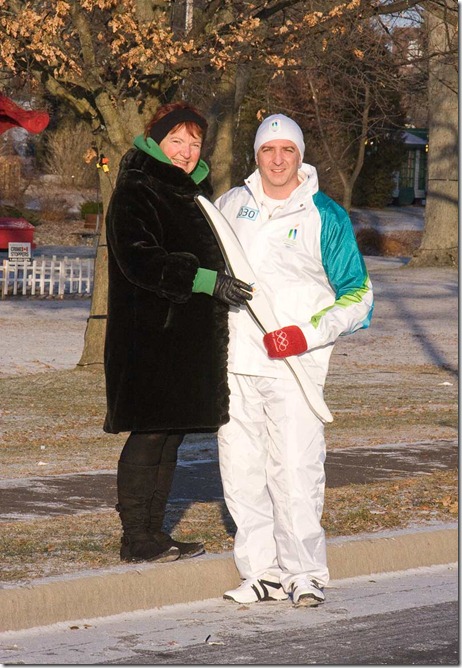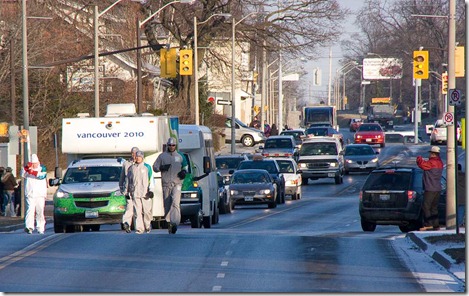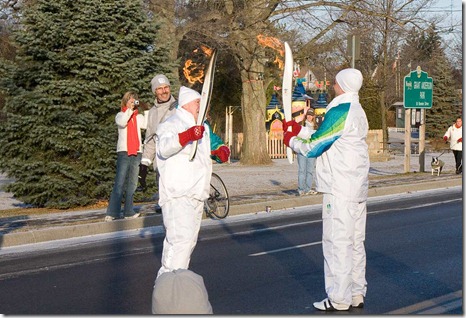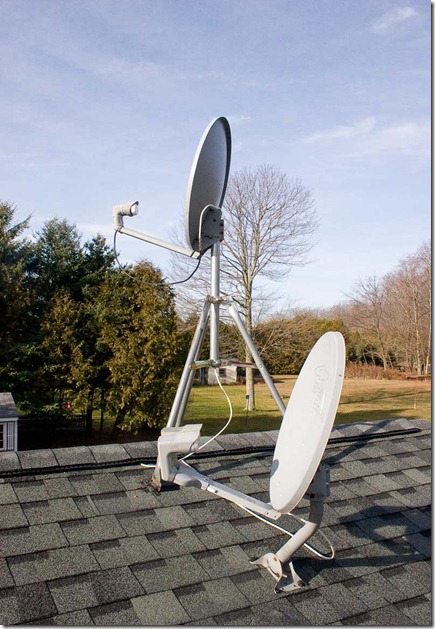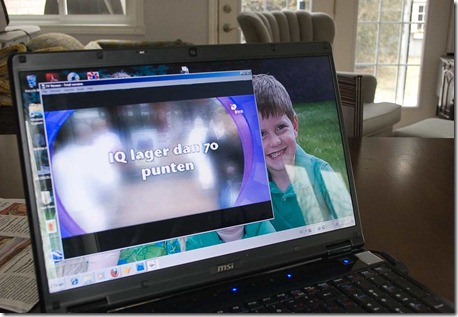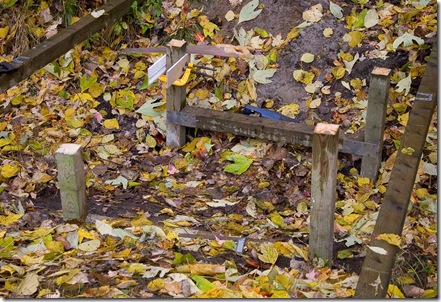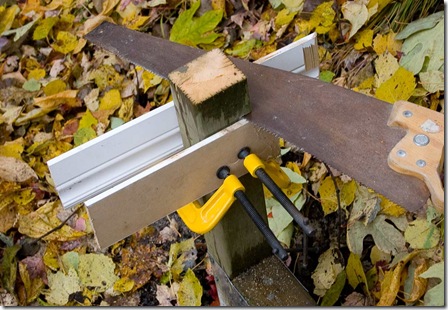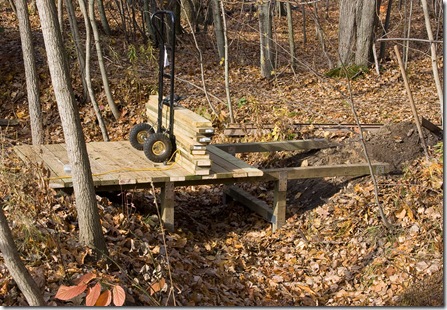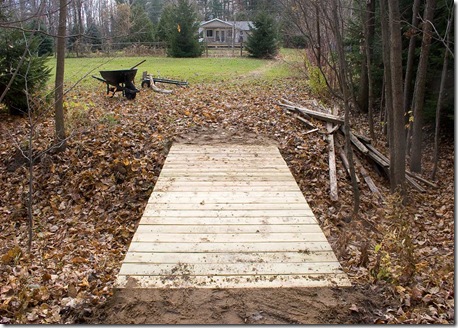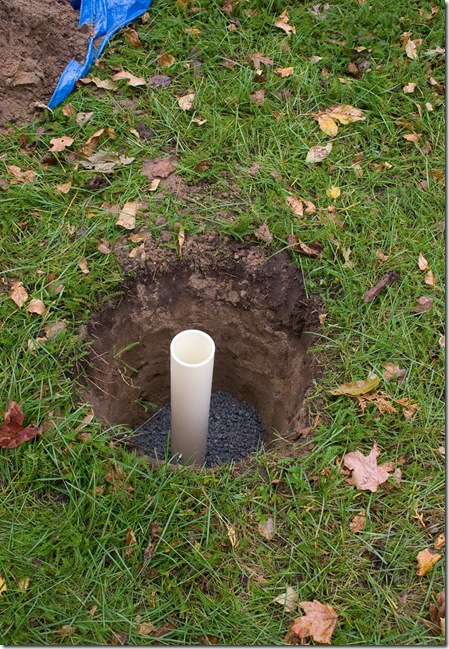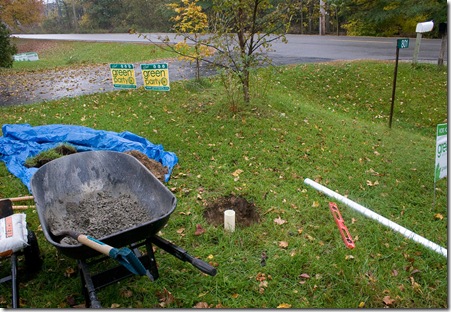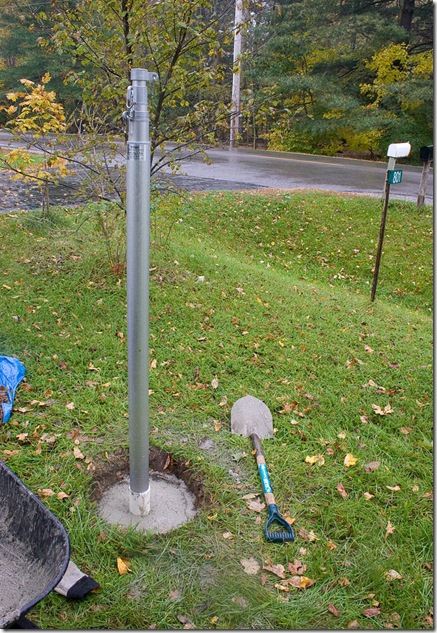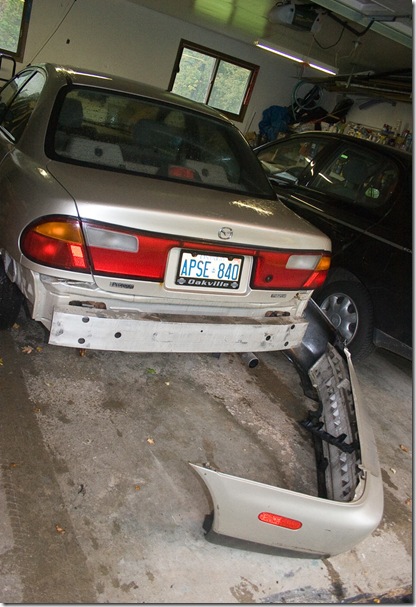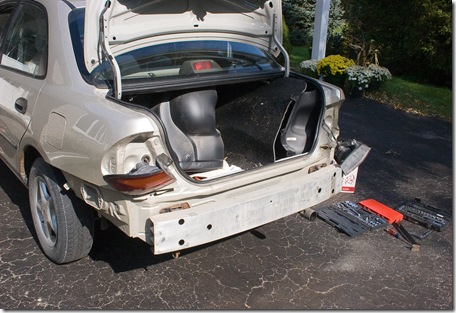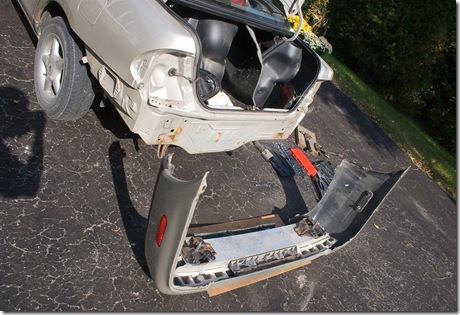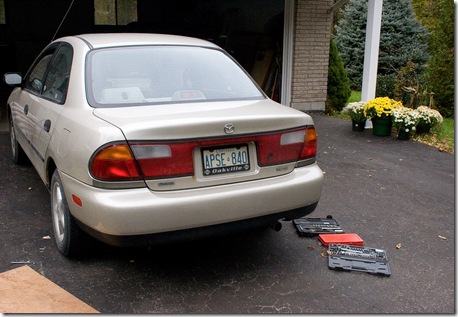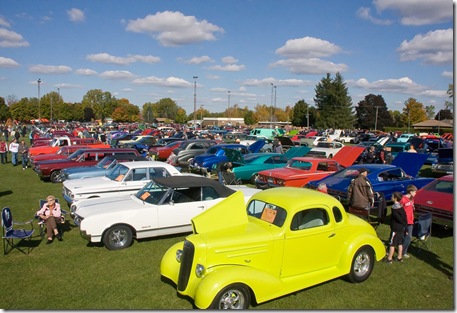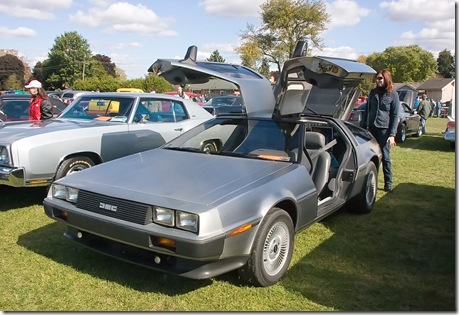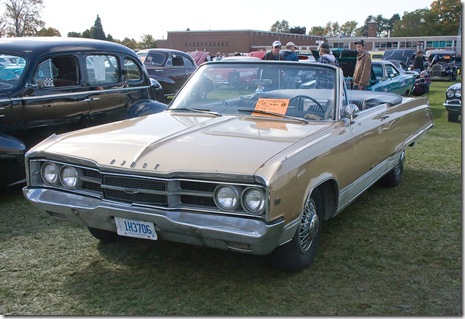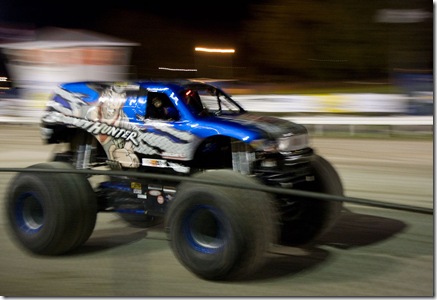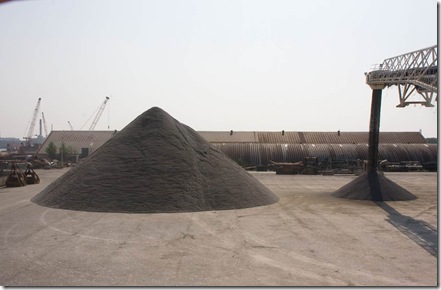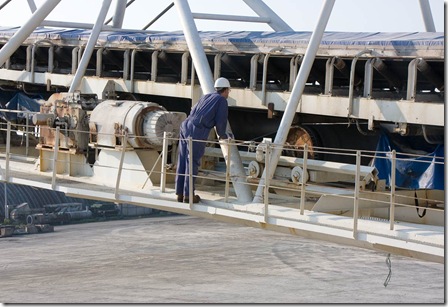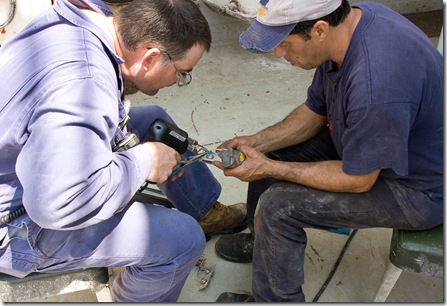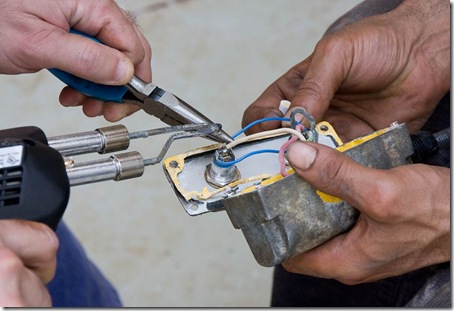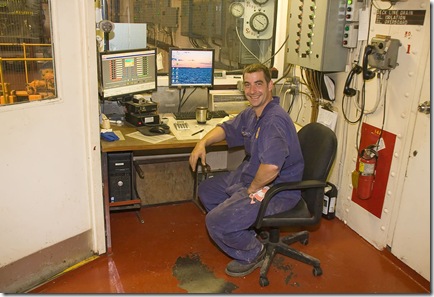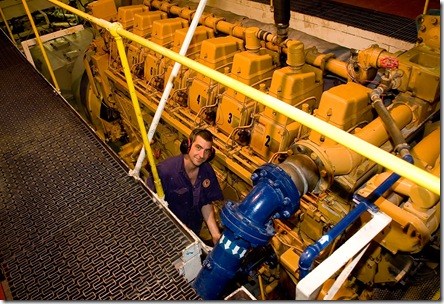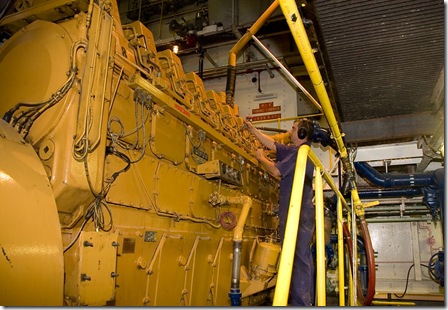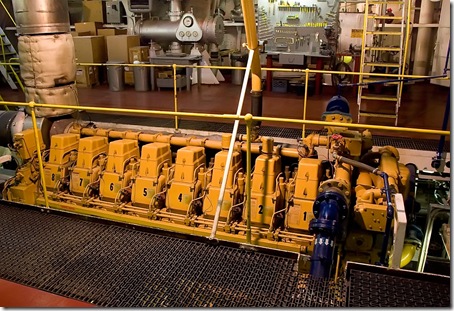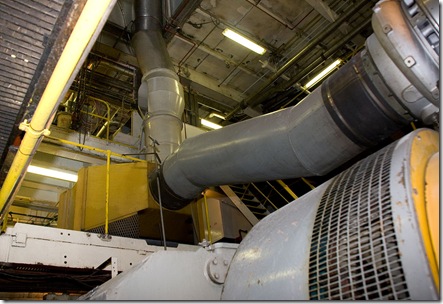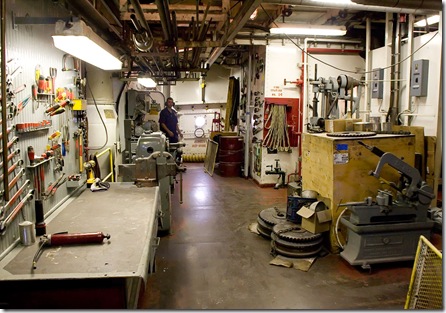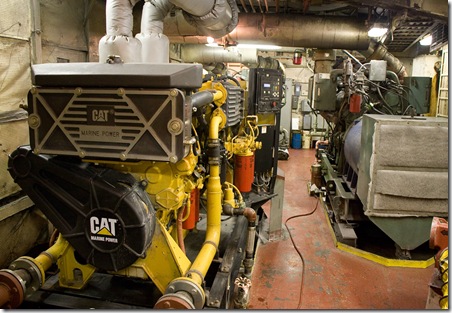We spent a few days in Toronto this past week, staying at the house of friends of ours who themselves are on a month long European Holiday.
If nothing else, it is certainly a very cosmopolitan city, with residents who stem from every corner of the world. From black to white and every imaginable colour in between, all living in (seemingly) relative harmony.
Architecture wise, there isn’t much in Toronto. The nice stuff built in the late 19th century has mostly been torn down. The newer stuff, built since about 1950 only manages to impress at times because of its sheer size. However, if it ain’t big it will almost certainly be ugly. I surmise that this is caused by the fact that builders are only in it for the money: slap something together quickly, so you can have tenants in it quicker. Governments, forever looking to expand their tax base, aren’t too eager to press too hard either in case the developer looks elsewhere to build, so the end result is mediocrity at best.
This is ugliest ‘strip mall’ I know of in the Greater Toronto Area: Yonge Street, just south of Finch. However, many competitors are striving to take its crown with even uglier sites all over town.

Hydro wires are still exposed everywhere in the older portions of town, the ones left unscathed by the wrecker’s hammer. Who needs trees, when these contraptions can provide shade too?
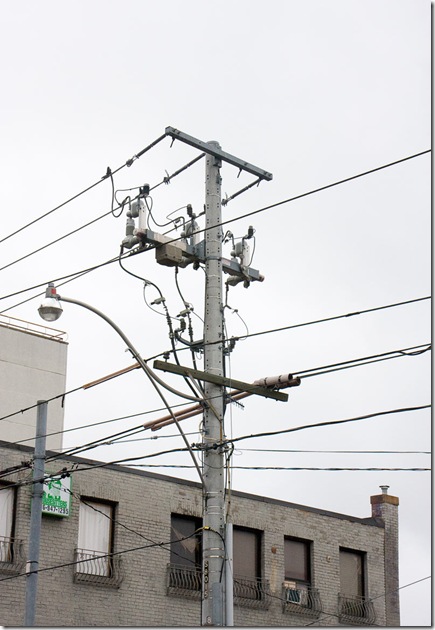
Once in a while a bit of green provides a glimmer of hope in the desolation formed by broken concrete, rutted asphalt and mud filled potholes.
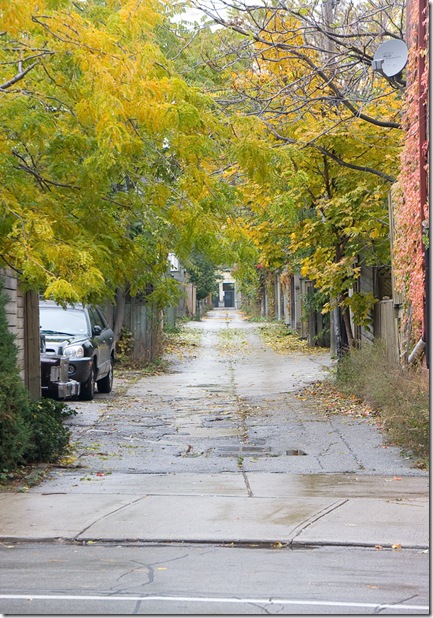
The Blue Sea Restaurant, I presume, has been at its present location for quite a while now, by the looks of things. Literally steps from the downtown core, you wonder how it can survive.
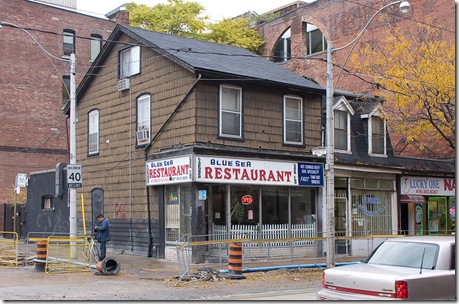
What’s this? A public phone? How do you work one of these? Looks like it’s been a while since the phone company gave it a good cleaning.
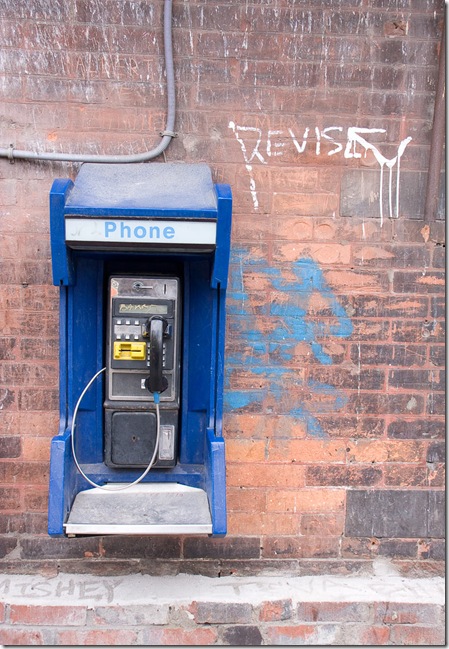
At the edge of the ever expanding ring of condominiums, this building is slated for demolition, to be replaced by a ten story-or-so apartment building. Should one by happy or sad?
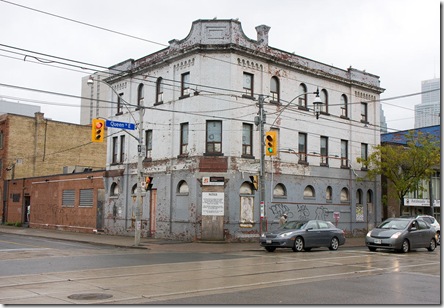
We had lunch on the patio at Jack Astor’s high above Dundas Square. The CN Tower weaved in and out of the low hanging cloud.
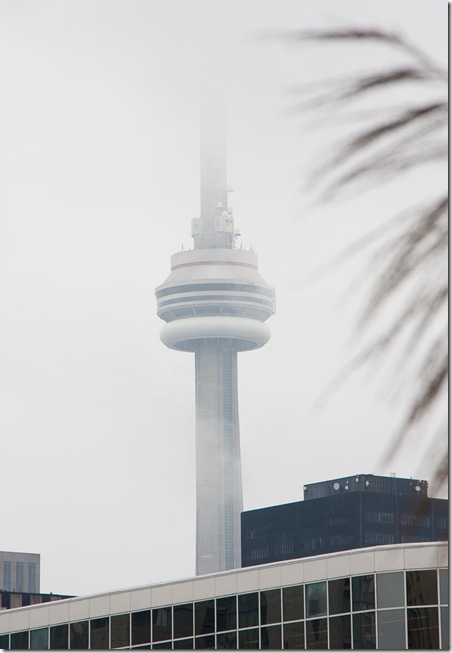
As downtown as downtown gets in Toronto, this is the intersection of Dundas and Yonge. Here, the city is experimenting with Pedestrian Priority Phase, which simply means all traffic lights turn red and for the next 30 seconds or so you can cross the intersection in whatever direction you want.

Right next to the intersection is Dundas Square, a newly formed public space. Definitely an improvement over what was there before. This is a panorama of the area, probably close to 160 degrees. On the right, Dundas Street runs west, into the distance. In the middle is the Eaton Centre (shopping yes!), with the skyscrapers of the financial district in the background. In the foreground Dundas Square. Photoshop stitched this together on its own, out of 4 photographs.
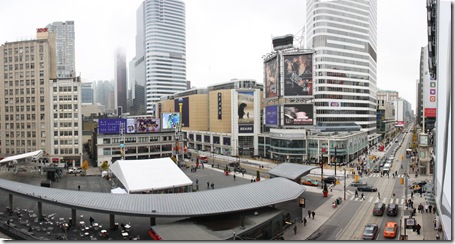
Inside the Eaton Centre, shop till you drop is the self-respecting consumer’s main mantra. Even we couldn’t escape the urge to slap down plastic.

